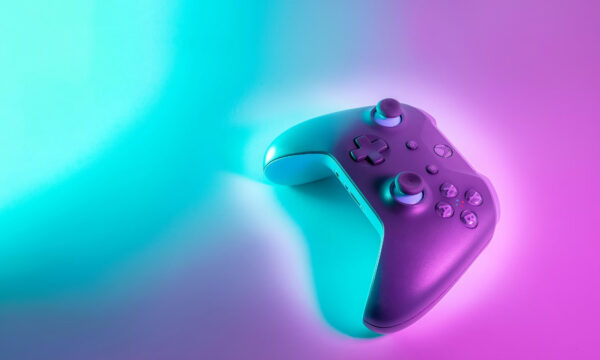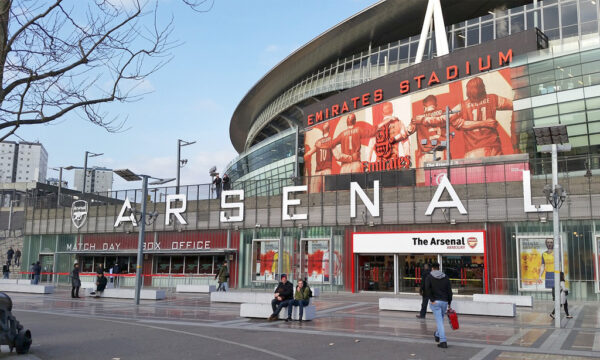Debate topic: Slow charging vs fast charging

The discourse around slow charging versus fast charging involves weighing the advantages and disadvantages of these two charging methods for electronic devices, notably smartphones and electric gadgets. Slow charging utilises a lower power output to charge the device over a prolonged period, whereas fast charging employs higher power levels to recharge the device swiftly. Each approach bears its pros and cons, and the preference between them hinges on a variety of factors, encompassing battery health, convenience, and user inclinations.
Arguments in favour of slow charging
Preserving battery health and longevity
Generally, slow charging is deemed better for battery health. The reduced charging rate generates less heat, alleviating the stress on the battery cells, even for vaping devices. This practice can help extend the battery’s lifespan and retain its capacity over time, culminating in superior long-term performance, particularly for mobile phone batteries and vape batteries, such as lithium-ion batteries.
Enhancing safety:
Slow charging presents fewer safety hazards. Fast charging generates more heat, potentially leading to overheating problems, especially if the device lacks proper design or ventilation. Slower charging rates alleviate these risks and decrease the likelihood of incidents like battery swelling or even explosions.
Boosting energy efficiency
Slow charging is more energy-efficient than fast charging. Greater charging speeds often culminate in more energy loss due to heat dissipation. By selecting slower charging, users can minimise energy waste and contribute to a greener environment.
Arguments in favour of fast charging
Promoting convenience and time-saving
Undeniably, fast charging is more convenient for users needing their devices to charge rapidly. It can be particularly useful in urgent situations or when users have limited time to charge their devices before setting off. Fast charging allows users to gain a substantial amount of battery life in a short time frame.
Offering flexibility
Fast charging provides users with flexibility and the capacity to quickly top up their devices. This feature can prove particularly beneficial during travel or situations where access to a power source is restricted. The capability to charge a device swiftly ensures that it remains operational when necessary.
Driving technological advancements
Fast charging continually evolves, spurred by progress in technology. Manufacturers are deploying innovative solutions such as rapid charging protocols and advanced battery management systems, which amplify the efficiency and safety of fast charging methods. These advancements address many of the concerns associated with fast charging and render it a more feasible option.
Conclusion
The discussion between slow charging and fast charging ultimately hinges on personal preferences and specific scenarios. Slow charging prioritises battery health and longevity, safety, and energy efficiency. Conversely, fast charging delivers convenience, time-saving advantages, flexibility, and continuously improving technologies. It’s critical for users to contemplate their needs, the state of their device’s battery, and the available charging options to make an informed decision. Furthermore, a balance between slow and fast charging methods can be struck to maximise the benefits of both approaches, such as using slow charging overnight and fast charging when immediate power is needed.
The editorial unit

























Facebook
Twitter
Instagram
YouTube
RSS